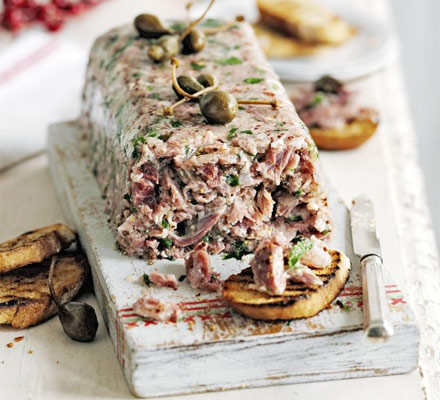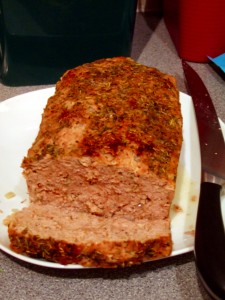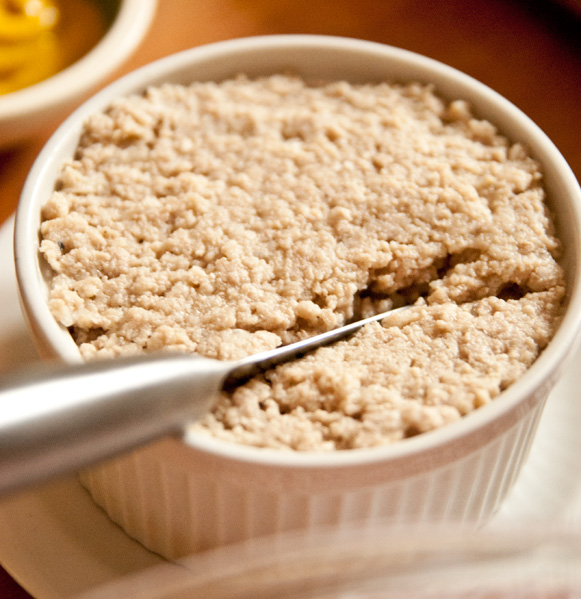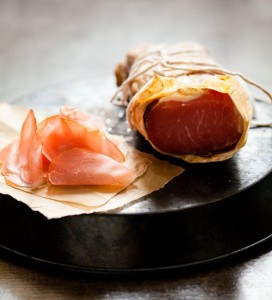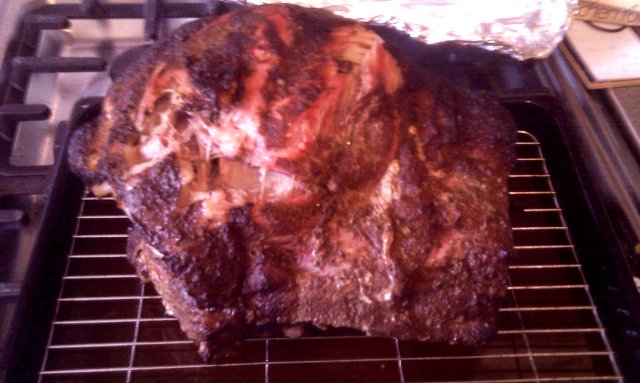
Ingredients
8 medium eggs
14 Lincolnshire sausages
1 tsp ground mace
1 tbsp thyme leaves
100g fresh breadcrumbs
500g pack shortcrust pastry
flour, for dusting
1 tbsp sesame seeds
Method
Put 6 of the eggs in a large pan of cold water. Bring to the boil, then remove from the heat. Leave for 5 mins, then lift out eggs and cool under cold running water. Peel.
Snip the ends of the sausages and squeeze the meat out into a mixing bowl. Add the mace, thyme, 75g of the breadcrumbs, 1 remaining egg and some ground pepper, and mix together well.
Heat oven to 200C/180C fan/gas 6. Criss-cross 2 long strips of baking parchment in a 20cm pie tin or round cake tin (to help you lift out the pie). Roll out half the pastry on a lightly floured surface to line the tin. Scatter remaining breadcrumbs over the base of the pastry, then pat in about a quarter of the sausage mixture. Evenly space the peeled eggs on top, then gently pack the meat around and over – trying to evenly cover the eggs without leaving any gaps.
Roll out remaining pastry, cover the pie, then trim the edges. Pinch and crimp edges to seal, poke a steam hole in the top, then glaze with the final egg, lightly beaten with a fork. Scatter with the sesame seeds, then bake for 30 mins.
Remove the pie from the oven and carefully remove it from the tin. Place on a baking tray and return to the oven for 10 mins to brown the sides of the pie. Transfer to a wire rack to cool, then serve in chunky wedges.
If, like me, you’re allergic to sesame seeds, you can replace them with poppy seeds.

